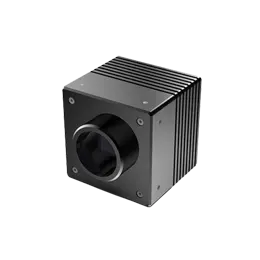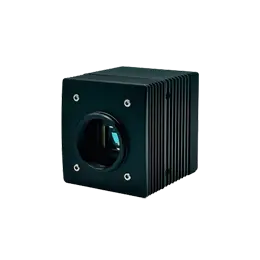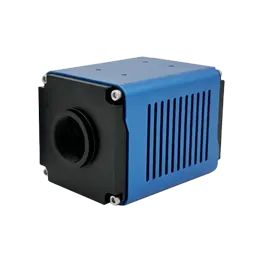Ingaas (Indium Gallium Arsenide) technology has emerged as a game-changer in various fields, unlocking new frontiers and pushing the boundaries of what is possible. With its unique properties and versatile applications, Ingaas technology has revolutionized industries ranging from telecommunications to sensing and imaging. Let's delve into the fascinating world of Ingaas and explore how it is transforming our capabilities.
InGaAs technology stands out due to its remarkable characteristics that set it apart from other semiconductor materials. The combination of indium, gallium, and arsenic creates a unique compound that exhibits excellent optical and electrical properties. The most significant advantage lies in its ability to detect and convert near-infrared (NIR) light, spanning wavelengths from 900 to 1700 nanometers, into electrical signals. This property makes InGaAs an ideal choice for various applications where conventional silicon-based technology falls short.
Spectral Analysis: InGaAs technology plays a crucial role in spectroscopy, enabling detailed analysis of materials based on their unique light absorption and emission patterns. From environmental monitoring to pharmaceutical research, InGaAs-based spectrometers provide invaluable insights into chemical composition, material characterization, and quality control processes.
Night Vision and Security: InGaAs sensor has revolutionized night vision technology by capturing and converting NIR light into visible images. This makes them ideal for surveillance, defense, and law enforcement applications. InGaAs-based cameras can penetrate darkness, fog, and smoke, allowing enhanced situational awareness and improved security.
Medical Imaging: InGaAs detectors find extensive use in medical imaging, especially in the field of optical coherence tomography (OCT). By utilizing InGaAs-based sensors, OCT systems can capture high-resolution images of biological tissues, enabling non-invasive diagnostics, ophthalmology, and surgical guidance with exceptional precision.
InGaAs technology has reshaped the telecommunications industry, enabling high-speed data transmission over optical fiber networks. Traditional silicon-based detectors are limited to the visible and near-infrared spectrum, while InGaAs-based detectors extend the range to the longer wavelengths used in optical communications. This breakthrough has paved the way for faster and more reliable data transfer, contributing to the growth of internet connectivity and communication networks worldwide.
Continuous advancements in InGaAs technology are expanding its potential and driving innovation across industries. Researchers are exploring novel materials and device architectures to improve efficiency, sensitivity, and cost-effectiveness. As a result, we can anticipate even more versatile applications of InGaAs technology, including solar cells, quantum technologies, and advanced imaging systems.
From its ability to detect and convert NIR light to its transformative impact on various industries, InGaAs technology has proven to be a versatile and indispensable tool. Its applications continue to push the boundaries of what is achievable, enabling advancements in sensing, imaging, telecommunications, and beyond. As we unlock new frontiers with InGaAs, we embark on a journey of discovery, innovation, and endless possibilities.
InGaAs technology has revolutionized multiple fields by harnessing the power of near-infrared light detection and conversion. Its versatility and unique characteristics have opened doors to new applications and transformed industries. As we continue to explore and develop InGaAs technology, we can look forward to unlocking even more frontiers and pushing the boundaries of what is possible in the realms of sensing, imaging, telecommunications, and beyond.



